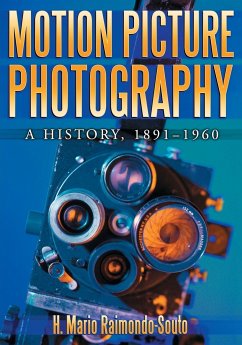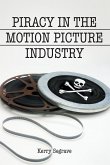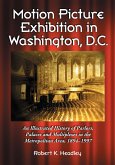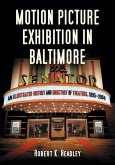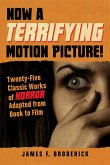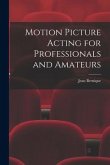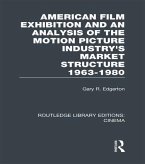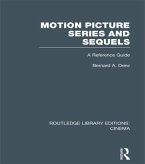In 1891, William Dickson, a researcher at Thomas Edison's firm, developed the Kinetograph, a motion picture camera that used Eastman Kodak's new celluloid film. Almost immediately, an industry was born. The new artistic and technical discipline of motion picture photography matured as the film industry grew. From the beginnings of the movie camera, developments in film production and exhibition have been inextricably linked to the evolution of motion picture photography. This work traces the history of motion picture photography from the late 19th century through the year 1960, when color photography became the accepted standard. Generously illustrated, it covers each decade's cameras, lenses, cameramen, film processing methods, formats, studios, lighting techniques and major cinematographic developments. Each chapter concludes with examples of the decade's outstanding cinematography. Instructors considering this book for use in a course may request an examination copy here.
Hinweis: Dieser Artikel kann nur an eine deutsche Lieferadresse ausgeliefert werden.
Hinweis: Dieser Artikel kann nur an eine deutsche Lieferadresse ausgeliefert werden.

